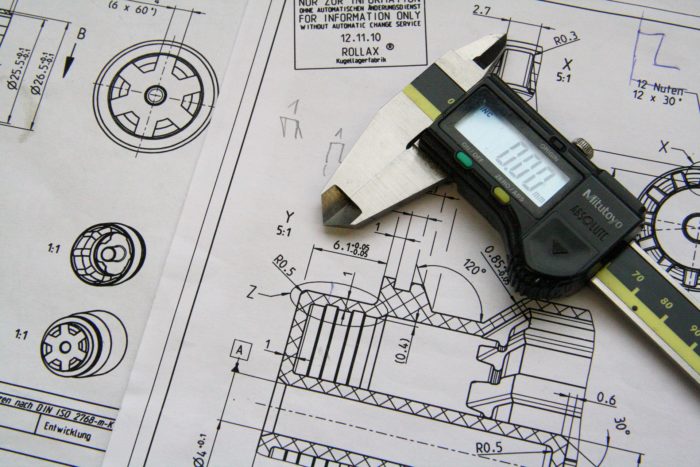You came up with an invention and you would like to protect it and particularly in the US. You wonder if filing a patent application is right and how to do it? Patenting your invention is useful if your operating needs IP rights granted to prevent (or be able to face at least) infringement. In the USA, the inventor is the only one to be able to patent his invention (but the inventor can transfer his rights to another individual or company).
You have to go as fast as possible to secure your rights; you have to be the first one to register the appropriate claims. To be able to prove that you are indeed the first one to come up with the invention (in case of any opposition or litigation), it is recommended you keep a notebook and file a provisional patent application.
Filing a U.S. patent application is known to be complicated and it may still be rejected… (Keep reading!) That is why it is the most often necessary to hire a patent attorney to draft and file the patent application.
Before you file, you have to ensure that there is no previous similar invention already patented in the USA. You can search for this at the U.S. Patent and Trademark Office (USPTO) web site.
Depending on the freedom to operate you can pretend to, you have to choose between three kinds of rights:
- Utility patents, referring to inventions with a particular function.
- Plant patent, protecting inventions of asexually reproducible plants.
- Design patents, covering non-functional parts of products (the design, the aesthetics, the shape…).
You can also consider (completing these IP rights with) other IP rights such as trademark, copyright or trade secret, depending on your situation.
Once your patent is written, you can file a patent application electronically through the USPTO Web site, or by old fashion mail. It could take then one to three years to get your patent actually granted… You have to be patient.
Yet your patent application could be rejected for many reasons, like failing requirements such as novelty (not so different from the prior art) and unobviousness (someone skilled in the area of technology wouldn’t consider your idea obvious).
To file a formal (non-provisional) application, you need various administrative documents, drawings of the invention, specifications (how the invention is made) that include the abstract (a really short summary of the invention), the background (the problems your invention solves), a summary of the invention, a detailed description, conclusion, ramification and scope, and most importantly, your claims. The claims define the legal scope of your patent and describe the boundaries of your invention (should the patent be granted).
An attorney is then recommended to navigate the prosecution process as you fight to get your patent granted by the USPTO. You – or your attorney – will mainly discuss with the patent examiner that has been assigned to the study of your patent.
The prosecution is usually fraught with pitfalls of all kinds. You must persevere even if you get a final rejection.
This process is painful but it does not prevent you from exploiting your invention or licensing it. This is great news, isn’t it?
Obviously enough, a patented process or product will be more valuable than if it is not patented. The legal strength of the patent and its geographical coverage are also important to get a better value.
Filing a patent allows you to build valuable financial and legal assets.
We can help you in your protection, monetization and valuation process by introducing appropriate experts to you.
And of course, you can estimate the value of your patent application or patent at any time with IP’Nuts to help you in your negotiations or potential litigations!

